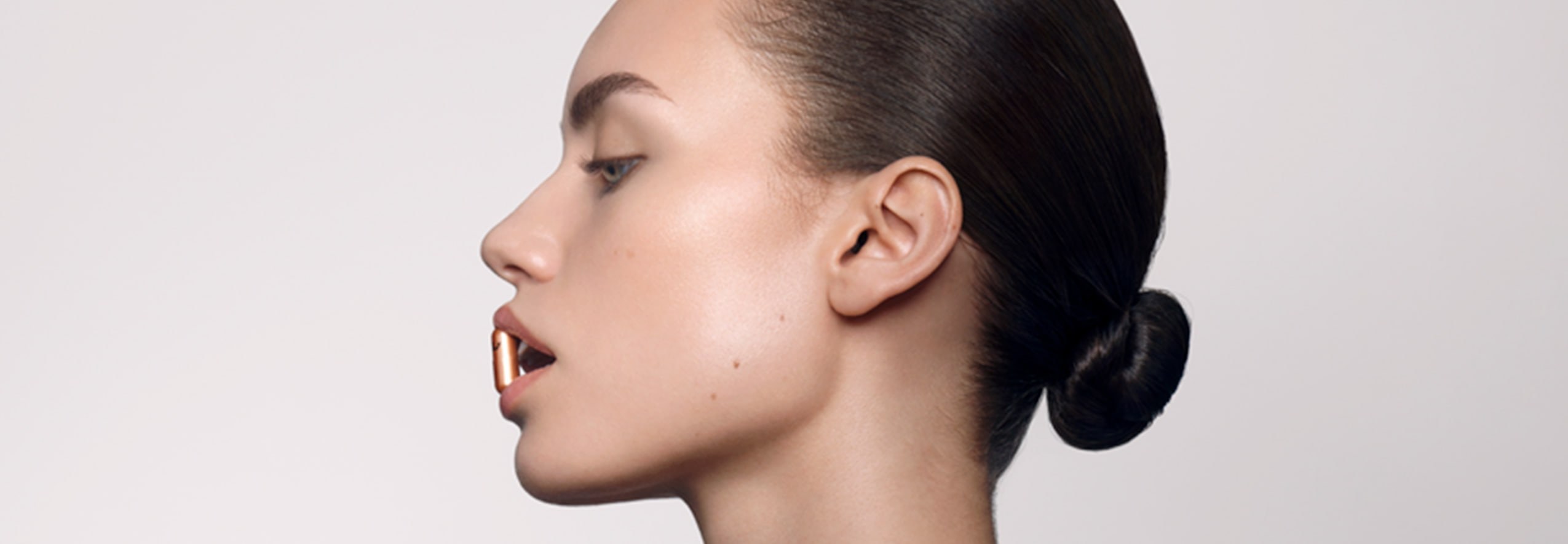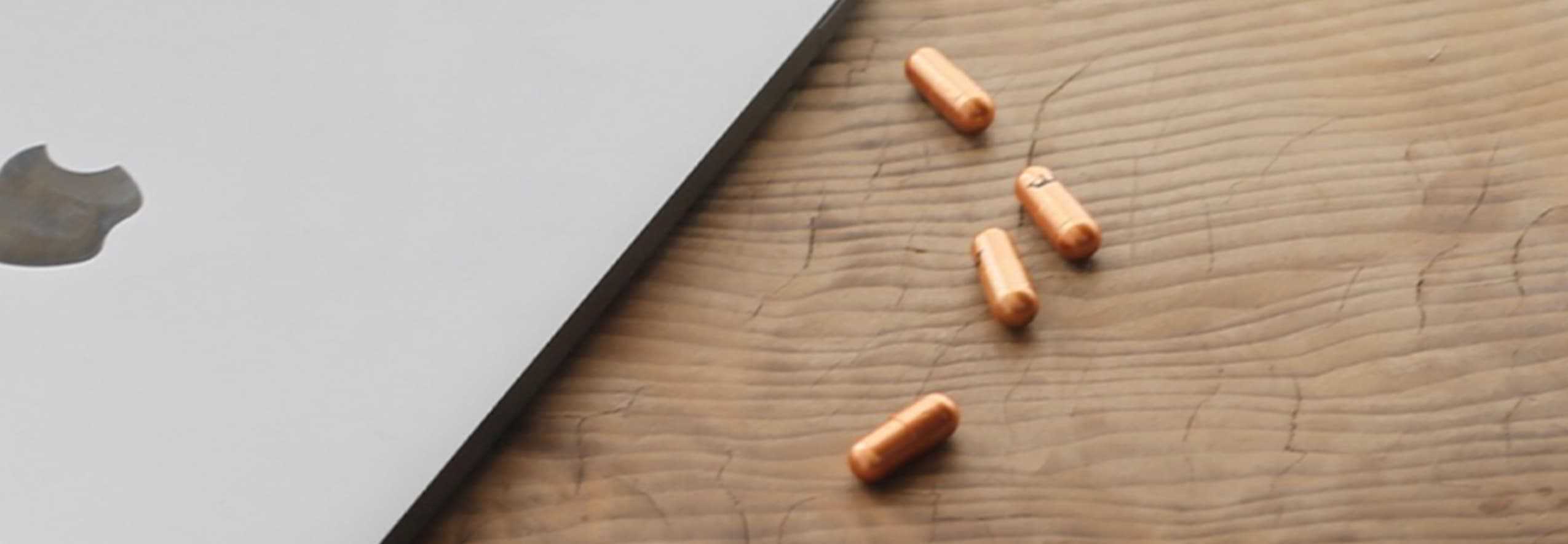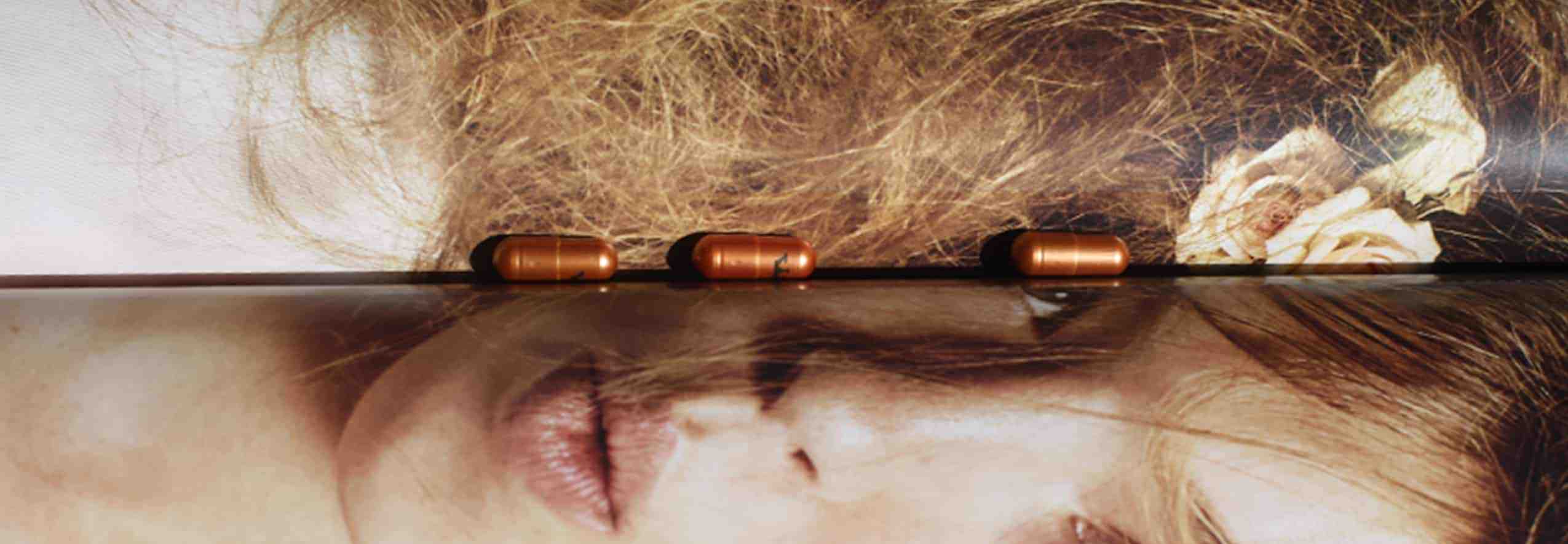The quest
for better.
Sign up to our mailing list to discover the future of beauty and wellness.
6 Minute ReadHow To
17.09.20 (Updated 20.06.23)
There are five basic types of healthy skin: normal, oily, dry, sensitive and combination. Skin type can be determined by a number of factors and can change over time. Factors that affect your skin type include genetics, climate, hormones and diet.
Each skin type requires different skin care to improve skin texture and appearance. But how do you know which skin type you have? And what steps should you be taking to get healthier and smoother skin?
Read on for some sage advice on how to figure out what skin type you have, along with expert skin care tips and recommendations as to how to improve the texture of each. We’ll also suggest some skin care supplements and product recommendations, depending on whether you have normal skin, oily skin, dry skin, sensitive skin or combination skin.

Normal skin - also known as eudermic skin - is neither too oily nor too dry, and has balanced pH levels. Sebum production tends to be moderate and pores tend to be small, meaning that if you (are lucky enough to) have normal skin you will likely experience very few breakouts or blemishes, no sensitivity and the texture of your skin will be smooth and even.
When it comes to normal skin, maintenance is the name of the game. There are a handful of steps you should take to ensure that your skin stays plump and well-hydrated, and that you maintain the health of your skin as you age:
Supplementing with LYMA can further protect you from UV rays and hyperpigmentation.

Oily skin can be caused by hormonal imbalances, seasonality or climate, or genetics. If you have oily skin, you may experience blemishes or breakouts, have large pores and your skin may sometimes be greasy in appearance.
Oily skin can be a massive pain to have to deal with, but there are some simple steps you can take improve the quality of your skin starting now:

Dry skin may be characterised by the presence of rough or flaky skin, uneven texture, a tight sensation in the skin, and itching. All of these symptoms stem from a lack of moisture in the skin.
Dry skin is often caused by a combination of genetics, seasonality (dry skin is, perhaps unsurprisingly, more common among people living in dry climates) and age. Too-long and too-hot showers can also contribute to the development of dry skin by stripping away the skin’s natural oils.
As you age, your skin produces less sebum and this can contribute to the development of dry, flaky skin and the increased appearance of fine lines and wrinkles. There are, however, steps you can take to fight back.
So what can you do to prevent dry skin from taking hold?

Does your skin flush when you eat spicy food? Do you find that new products, creams, lotions and potions can have a negative impact on your skin’s texture and appearance, making it itchy and uneven? Does a hot shower cause your skin to turn crimson?
If you experience any of the above, plus you find that your skin generally becomes more oily in the summer and drier in the winter, then you probably have sensitive skin.
If you suspect that you fall into the sensitive skin camp, you should take the following precautions and steps:
Combination skin is probably the trickiest to treat. A mixture of oily and dry skin, combination skin more often than not means an oily, breakout-prone T-zone (nose, forehead, chin) and dry cheeks. Your cheeks may also be sensitive.
What causes combination skin? Generally a mix of genetics, climate and using the wrong products lead to imbalances in the make-up and texture of the skin. Harsh and chemical-laden products in particular can result in excess sebum production and thus an oily T-zone.
If you are looking to improve the texture of combination skin you need to:
In addition to Lycored Lycopene™, LYMA’s formula contains Cynatine® HNS; a really exciting ingredient for those who want to protect, repair, and improve the texture of their skin. Cynatine® HNS is formulated in LYMA using the latest technology to deliver a stable and clinically proven form of natural keratin peptides directly to the relevant cells, leaving your skin smooth, plump, hydrated and youthful.
If your skin has become more troublesome with age, you’re not alone (in fact, skin problems are one of the most common symptoms of menopause). If you fall into this category, read up on what the skin experts and beauty bloggers have to say as they reveal their anti-ageing skin care secrets.